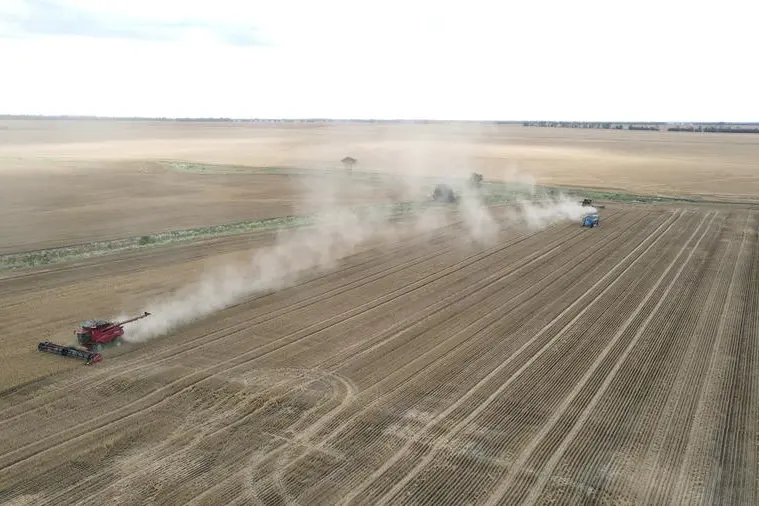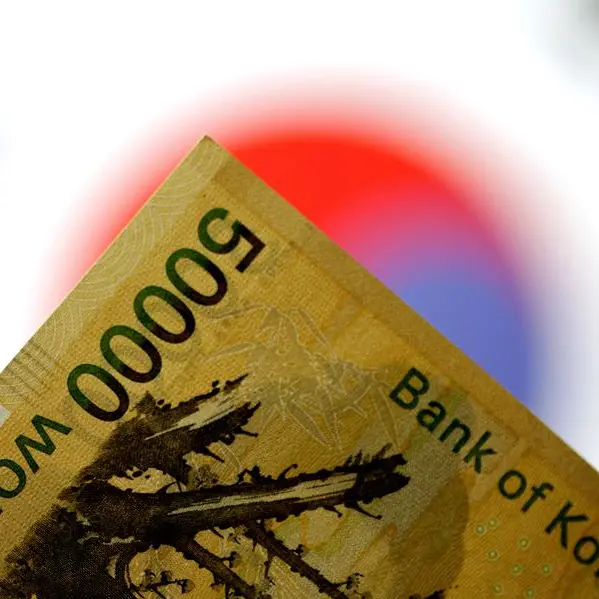PHOTO
Australia's rainfall in November was 37.8% above the 1961–1990 average, the country's weather bureau said on Wednesday, a boost for many farmers after a hot, dry period that hit crops in one of the world's largest agricultural exporters.
However, the Bureau of Meteorology (BOM) said overall rainfall in the southern hemisphere spring was 20.1% below average, the lowest for spring since 2019, after the driest September and fifth-driest October on record.
It said soil moisture remained very much below average in southern Australia, areas in Western Australia and along the eastern and northern coasts.
The Australian government said this week it expected a wheat crop of 25.5 million metric tons, 37% less than last year, when rain was more plentiful.
Recent very strong rain has also damaged the quality of the wheat harvest, analysts say.
However, rain has helped summer crops such as sorghum and lifted livestock prices, which had plunged to multi-year lows due as dry weather scorched pastures.
The weather bureau has said it expects a hotter than usual summer with below median rainfall in western and northern Australia and roughly median rainfall in other areas. (Reporting by Peter Hobson; Editing by Kim Coghill)























